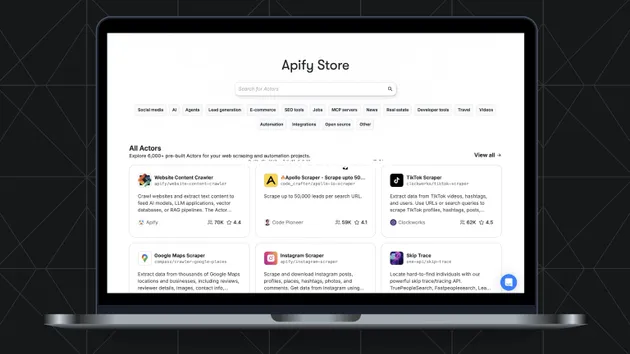RequestList Bridge
Pricing
Pay per usage
RequestList Bridge
Allows you to filter (thus cleaning up your list) and append new data to those requests before sending to your target task. Also enables a workaround to provide requestsFromUrl to existing actors that don't support it natively.
Pricing
Pay per usage
Rating
0.0
(0)
Developer

Paulo Cesar
Actor stats
0
Bookmarked
10
Total users
1
Monthly active users
3 years ago
Last modified
Categories
Share




